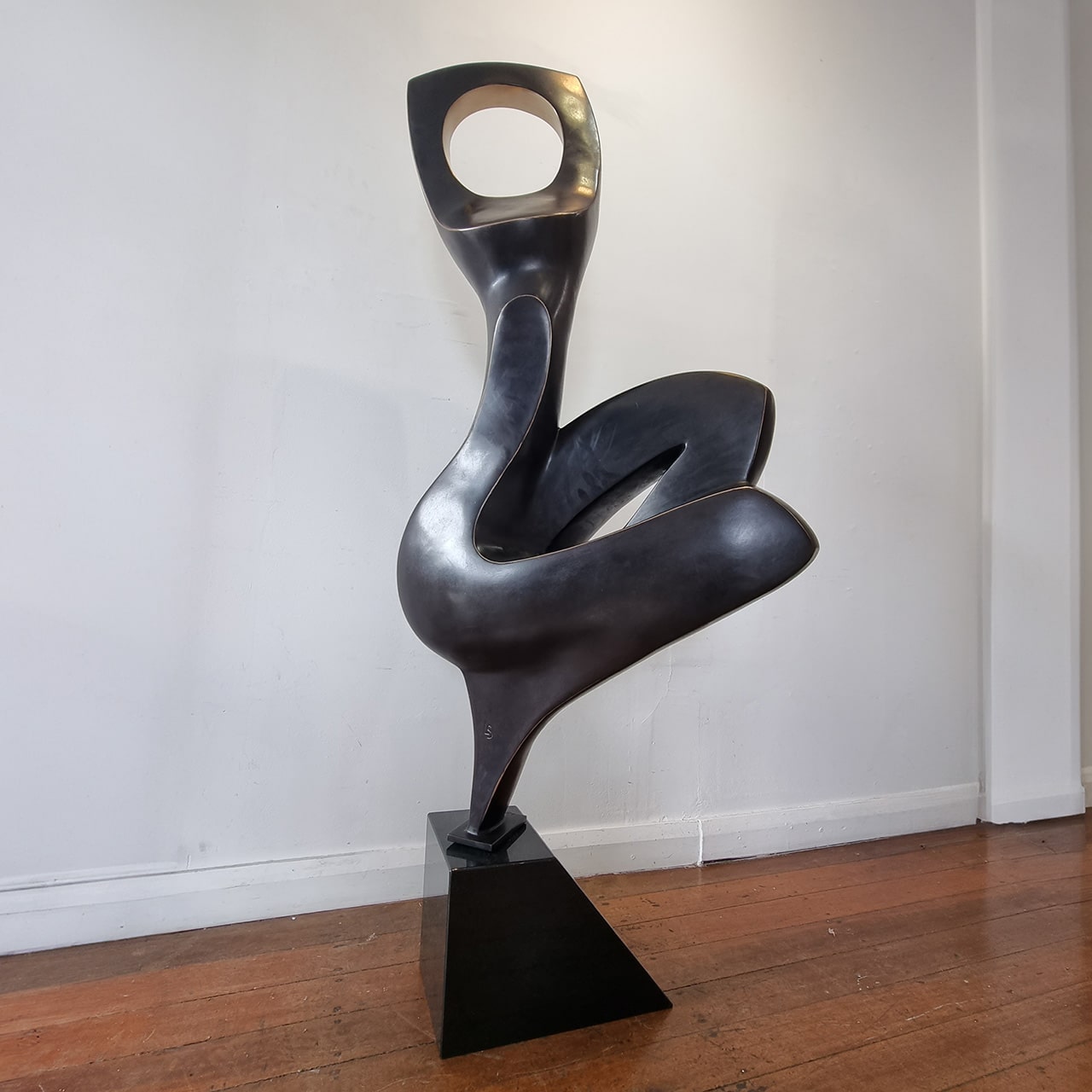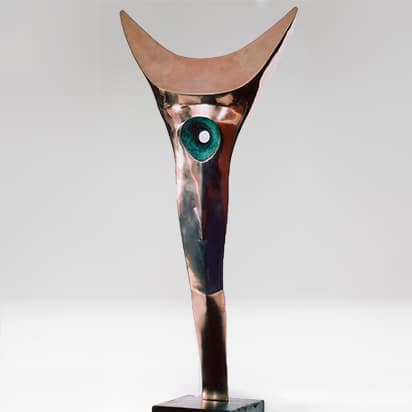Showing all 20 results
-
Moonlight Sonata – 42cm
-
Baby – 45cm
-
Bliss – 39cm
-
Head in the Clouds – 68cm
-
Dance Moment 1 – 77cm
-
Dance Moment 3 – 56cm
-
Night Queen – 42cm
-
Swan Lake – 40cm
-
Dance Moment -1&3 (set)
-
The Song [Stainless] – 100x63cm
-
The Song [Bronze] – 100x63cm
-
Affinity – 53cm
-
Spring – 44cm
-
Traingles – 30cm
-
Born To Dance – 104cm
-
Eternal Diver – 140cm
-
Eternal Youth Female- 140cm
-
Harmony – 1.5m
-
Holy Kiss – 1.7m
-
Eternal Youth Male- 175cm
Larissa Smagarinsky ‘A Sculptural Evolution’
Larissa Smagarinsky has forged a career out of marble and bronze to become recognized as one of Australia’s leading sculptors.
-Anne Sarzin Sydney University Journalist Australian Art Collector 1998.
Watching her work on a portrait bust can be a disconcerting experience because she is a relentlessly self-critical never hesitating to destroy what she has already achieved should it fall short of her expectations. Initially she observes acutely, sketching her subject in graphite or charcoal with broad and rapid strokes. Shaping the clay is a formidable act of creation within what seems a remarkably short time a strong likeness emerges. But the physical resemblance for Smagarinsky is indeed only the shell whether the focus is on a large-scale commission or a series of small collectibles for the home. Smagarinsky is consistently intent on capturing moments, spirits and essences so much so that her legacy will be clear to both present and future generations.
-Anne Sarzin Sydney University Journalist Australian Art Collector 1998.
Larissa Smagarinsky draws the inspiration for her themes from a vast arena. Her stimuli come also from the Bible, ancient history, modern events and from human emotions. However her main interest has been and still is the human body in repose or movement. Movement fascinates the artist and many of her most successful works embody movement in sport, gymnastics and dance. Some sculptures are just called ‘Movement’ (1993) others are more closely defined eg ‘Crazy ballet’ (1988) and ‘Wild Dance” (2002).
Her other great interest is in the portrayal of love from mythology and the present. Larissa Smagarinsky explores its many aspects from the highly erotic in ‘Lover’s Ecstasy’ (1990) and ‘Tired Lovers’ (1990) to the maternal filial love and finally to the sublimated divine love in “Madonna” (1992).
An interesting feature of her work is what the artist calls: ’paying homage to famous painters and sculptors of the past’ Such sculptures are: ‘Woman of Picasso (1987) ‘From Frame to Modigliani’ (1988) ‘Bliss (1988) a homage to Henry Moore and the abstract ‘Good and Evil (2002) a homage to Barbara Hepworth. The intriguing feature of these sculptures is that Larissa Smagarinsky doesn’t imitate these masters but she cleverly incorporates just enough aspects of their works to remind the onlooker of the original. Paradoxically though the end result of such an ‘homage sculpture’ is still unmistakably an original work by Smagarinsky.’-
-Isolde Ira Davis AM X Kultural Art Magazine May 2002
This exhibition which has more exemplary lessons than you might expect is about varied iconic forms that recruit space as their immediate ally’ wrote Elwyn Lynn art critic and painter – About her
-Exhibition at the Sydney opera House in The Australian newspaper 1993.
But it is only a visit to her studio that can really give anyone a true idea of the full range of Smagarinsky’s work. On the walls the floor stacked on shelves and blocks are sculptures in clay and bronze figure studies in plaster and a magnificent vigorous carving in ebony of children and bush animals. There is a breathtaking marble figure of David, started whilst the artist was in Russia and finished in Australia. This piece alone represents months of work and it would be hard to find another sculptor alive today who could match it. But go into a back room crowded with more shelves and among small bronzes and experimental marquettes for monumental sculpture there is another marble equally profound – the reclining figure of a woman carved with the relaxed simplicity of Egyptian art”
-Jonathan Bowden ‘Craft Art International
The Garden of Larissa’s Art – her Garden of Love – is so much more personal, more diverse than several large works in public places. The garden of her art has hundreds of pieces and scores of paintings and drawings. It is optimistic courageous work, often sensuous witty and costly in its execution. To cast in bronze is a major act of faith. Indeed faith in life itself is the universal theme expressed by Larissa Smagarinsky.
-Nielsen Warren Architect July 2002





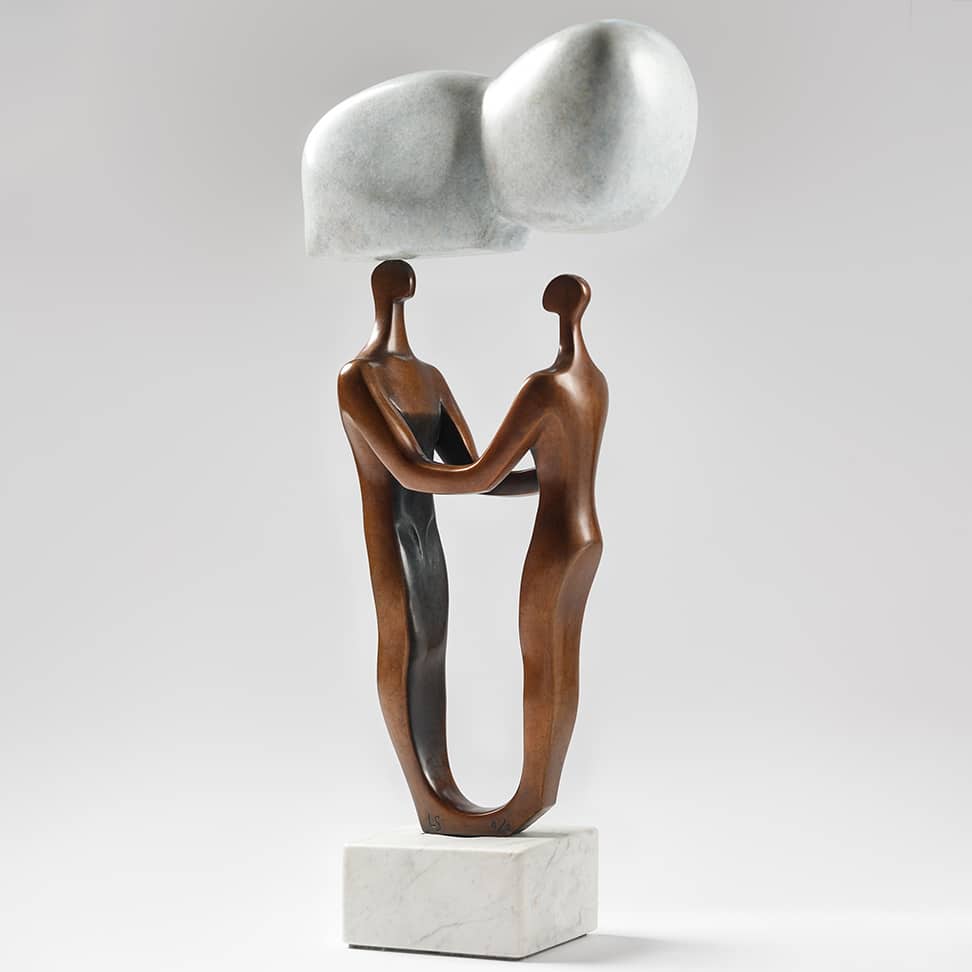
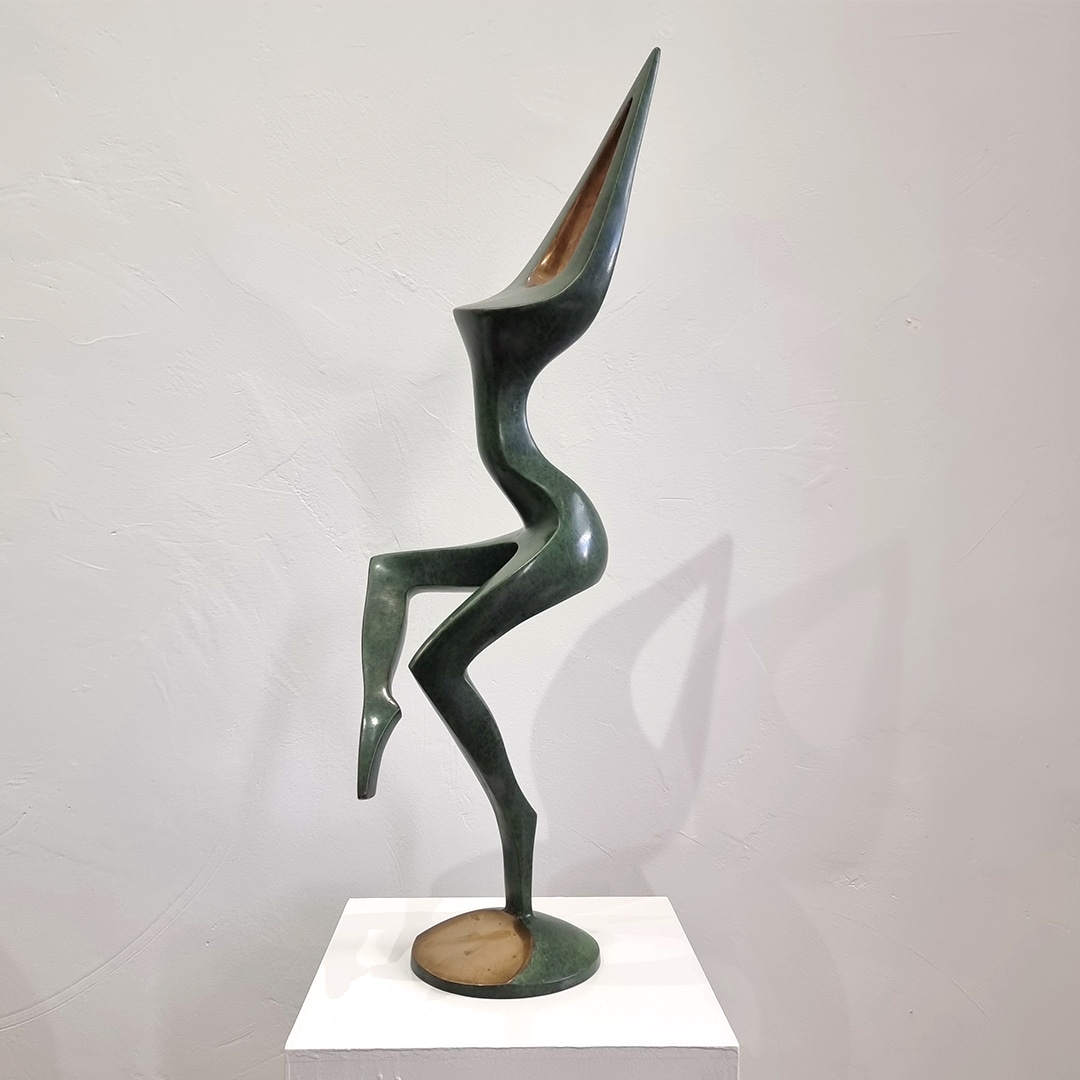
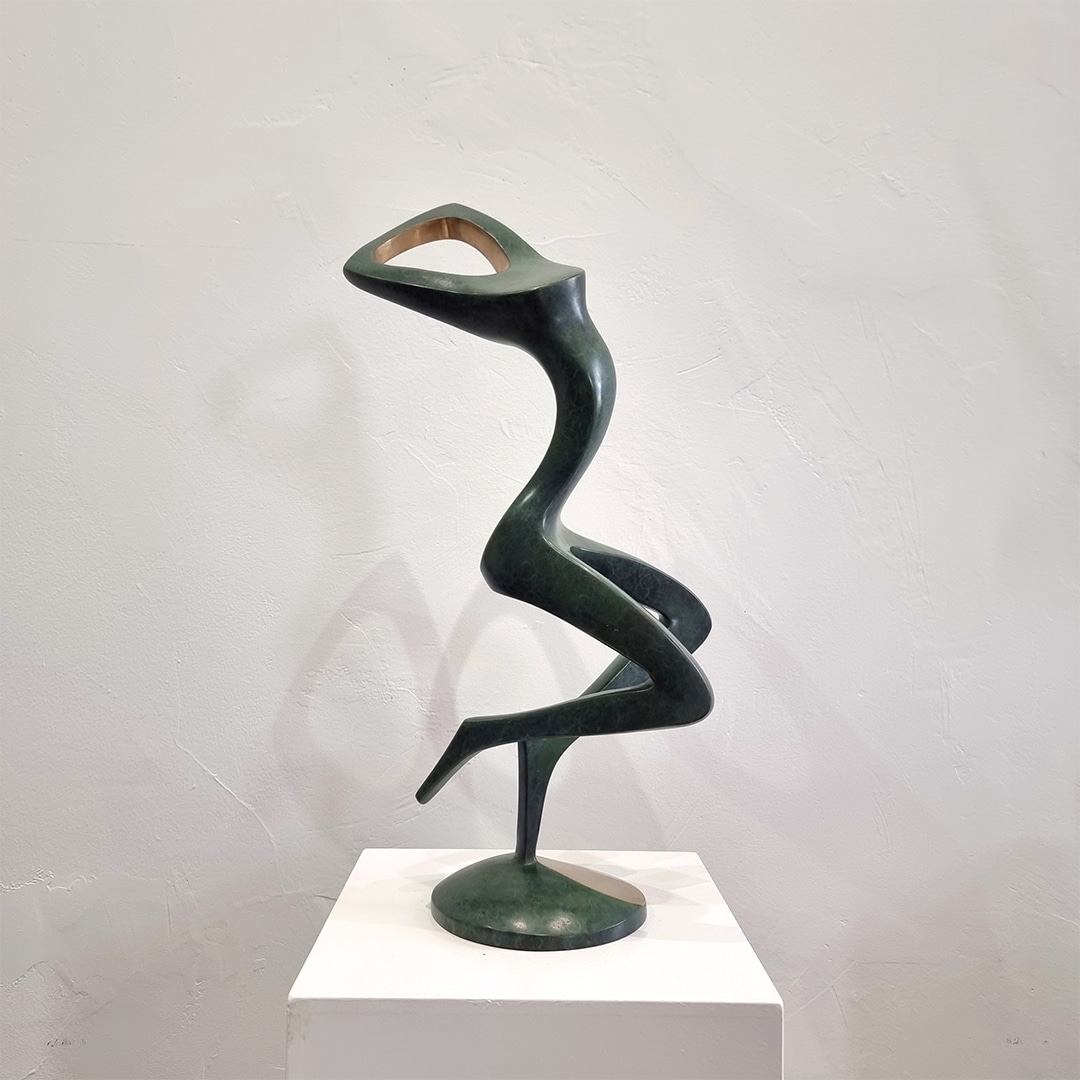

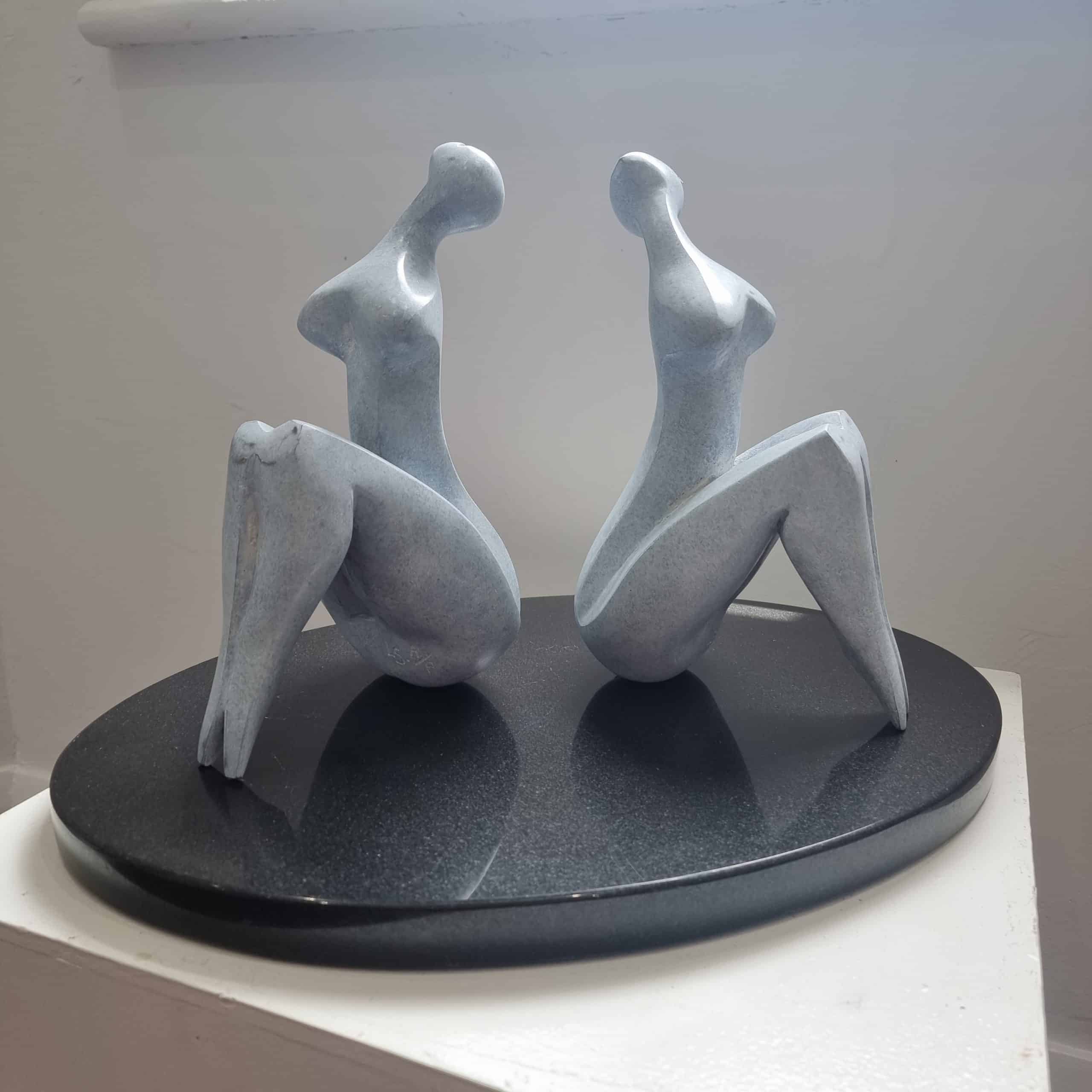
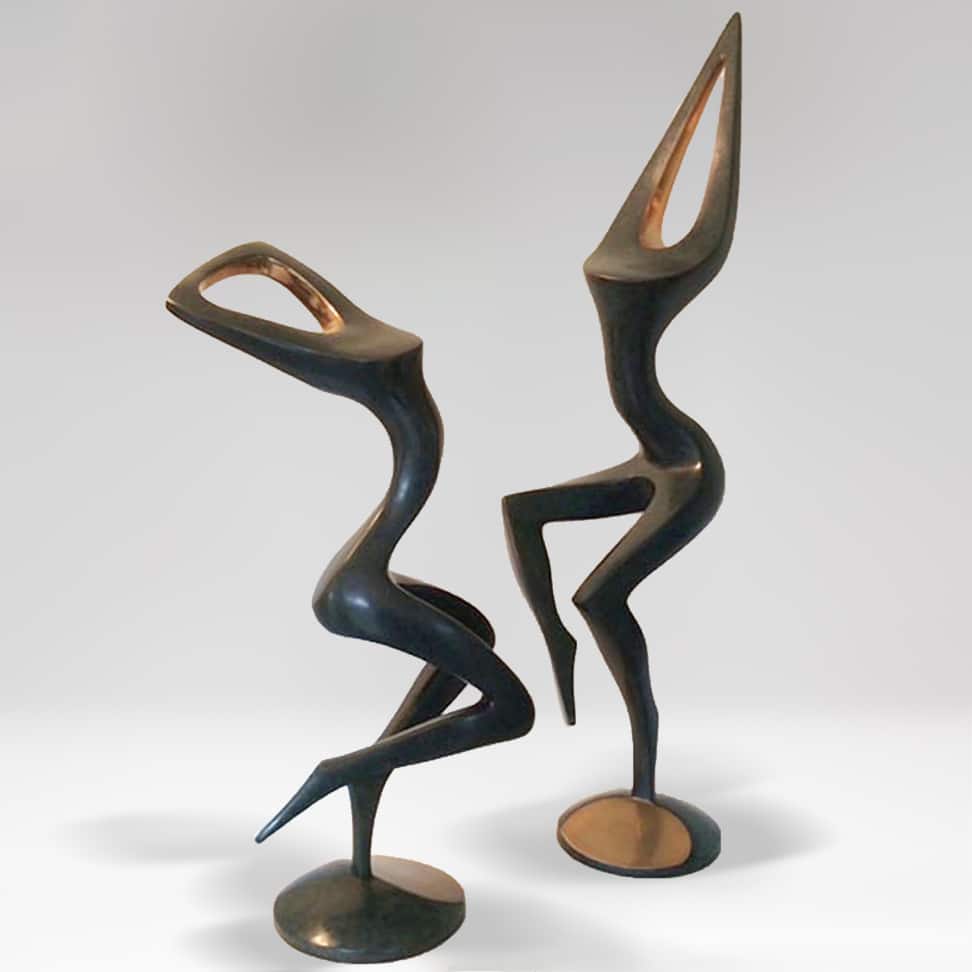
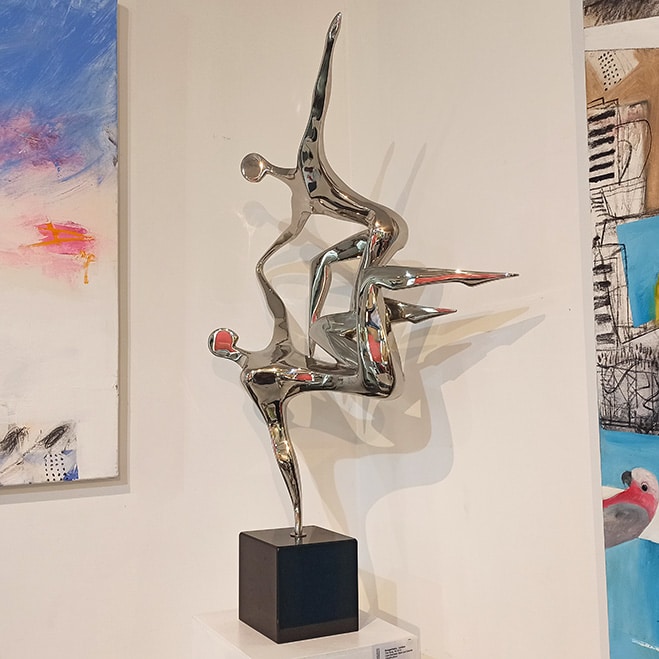
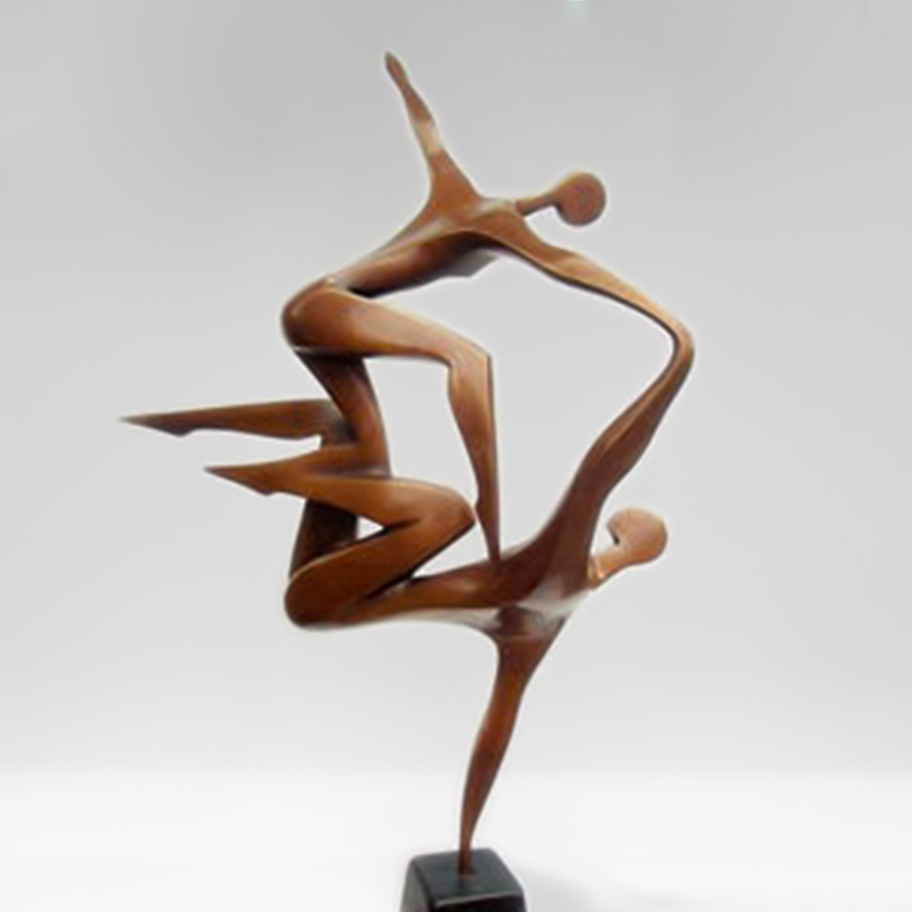
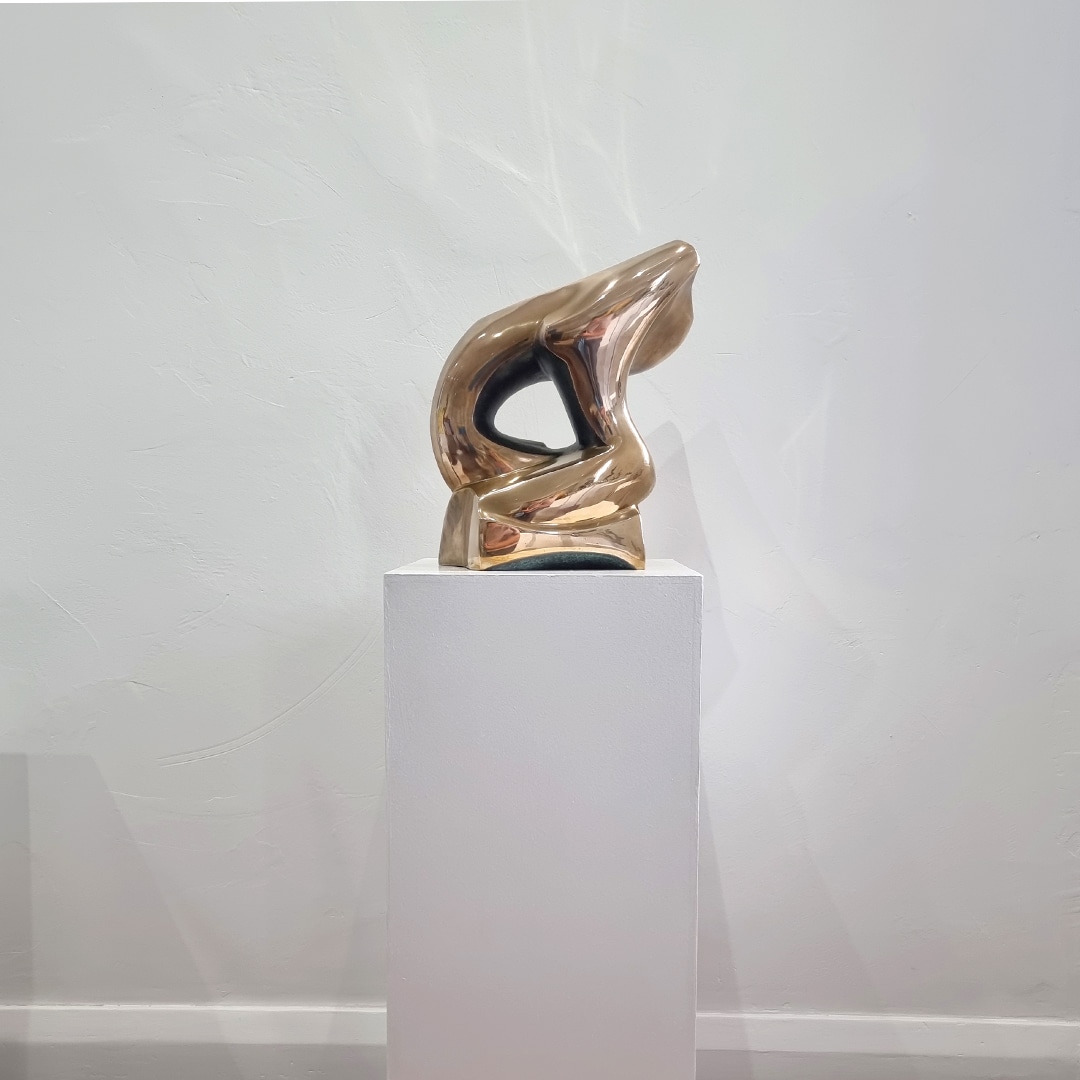


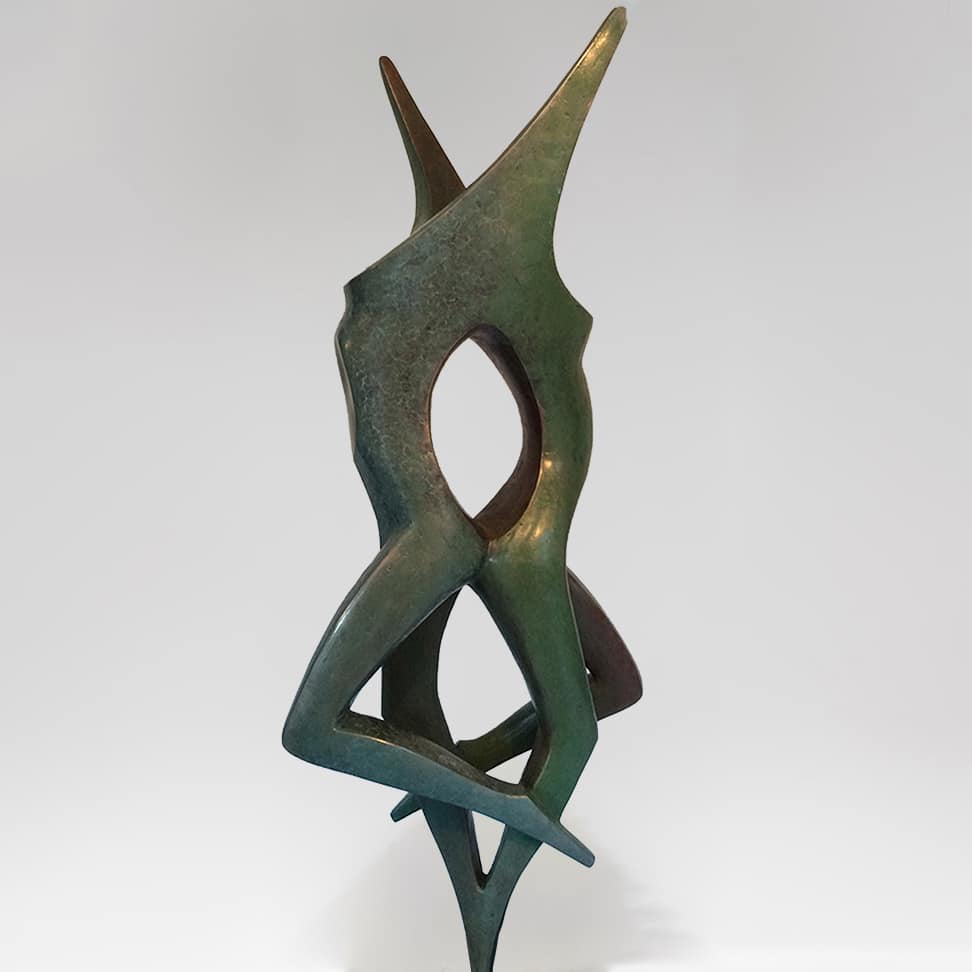
![BRONZE-highlight-patina--[tabletop,-bronze,-figurative]-smagarinsky-female-dance-sculpture-australian-artist](https://www.sohogalleries.net/wp-content/uploads/2021/02/LS-Eternal-youth-Diver-140cm.jpg)
![BRONZE-highlight-patina--[tabletop,-bronze,-figurative]-smagarinsky-female-dance-sculpture-australian-artist](https://www.sohogalleries.net/wp-content/uploads/2021/12/LS-Eternal-youth-FeMale-140cm.jpg)
